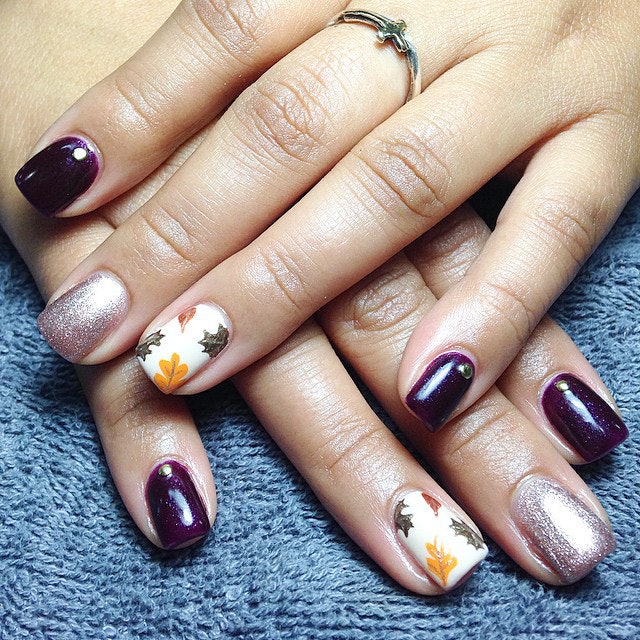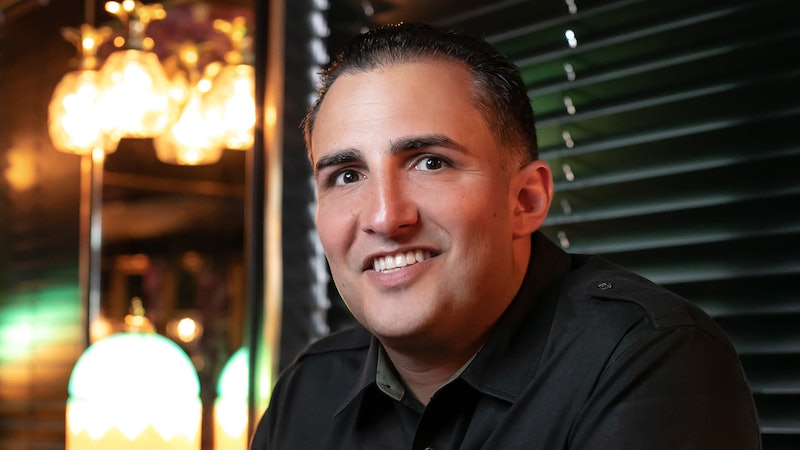Introduction
In the service industry, professionals often face unique challenges when interacting with clients. One of the most daunting situations occurs when a client says something that makes you feel uncomfortable. Whether it’s a remark that crosses professional boundaries or a comment that puts you in a challenging position, knowing how to respond effectively is essential for maintaining a good client relationship while preserving your professionalism.
The Importance of Effective Communication
Effective communication is crucial in any client-facing role. It helps build trust and rapport, ensuring that the client’s needs are met while also maintaining professional boundaries. However, when faced with discomforting comments, many professionals often find themselves at a loss for words. This article aims to equip you with strategies and tips to navigate such scenarios with poise.
Understanding Client Comments
Before jumping to responses, it’s vital to understand the context of the client’s comments. Clients might make uncomfortable remarks for various reasons:
- Miscommunication: The client may not realize that their comment is inappropriate.
- Stress: Clients might project their stress or frustration onto you.
- Cultural Differences: Some clients may come from backgrounds where certain comments are deemed acceptable.
- Jokes: In some cases, a client might think they are being humorous.
Strategies for Responding
1. Stay Calm and Composed
Your immediate reaction is crucial. Taking a deep breath and maintaining your composure will help you respond thoughtfully instead of reactively. Remember, how you respond can set the tone for the rest of the interaction.
2. Address the Comment Politely
If you feel comfortable, address the specific comment directly. For instance, you could say, “I’m not sure I understand what you meant by that. Can you clarify?” This opens up a dialogue and allows you to gauge their intent.
3. Set Boundaries
It’s important to establish professional boundaries. If a remark crosses the line, you can say, “I prefer to keep our conversation focused on your service needs.” This helps redirect the conversation while asserting your stance on professionalism.
4. Use Humor Cautiously
Sometimes, using light-hearted humor can diffuse tension. However, this is risky and should be approached with caution. Ensure your humor does not come off as dismissive or rude.
5. Empathize and Redirect
If a client expresses discomfort or frustration that leads to inappropriate comments, empathizing with their situation might help. You can say, “I understand this process can be stressful. Let’s focus on how I can assist you better.” This shows that you care while redirecting the conversation positively.
6. Know When to Exit the Conversation
In some cases, comments may be inappropriate enough to warrant ending the conversation. If a comment makes you genuinely uncomfortable or if a client continues inappropriate behavior despite redirection, it’s okay to excuse yourself politely. You can say, “I think it’s best for us to take a break for now. Thank you for understanding.”
Poll Insights: What Do Other Professionals Think?
A recent poll conducted by NAILPRO asked followers if they knew how to respond to uncomfortable comments from clients. The results highlighted how prevalent this issue is in the industry, with many professionals uncertain about the best approach. This underscores the importance of discussing and sharing strategies for handling these situations effectively.
Next Steps: Engage with Your Community
Share your experiences and strategies for responding to uncomfortable client comments. Engaging with your peers can provide practical insights and support in navigating these challenging circumstances. Additionally, stay tuned for our next poll to help us gather more data on professional challenges and solutions.
Conclusion
Navigating uncomfortable client interactions is a common challenge for professionals in the service industry. By utilizing effective communication strategies and setting clear boundaries, you can maintain professionalism and ensure a positive experience for both yourself and your clients. Stay proactive about sharing your experiences and learning from others to enhance your skills in managing client relationships.



